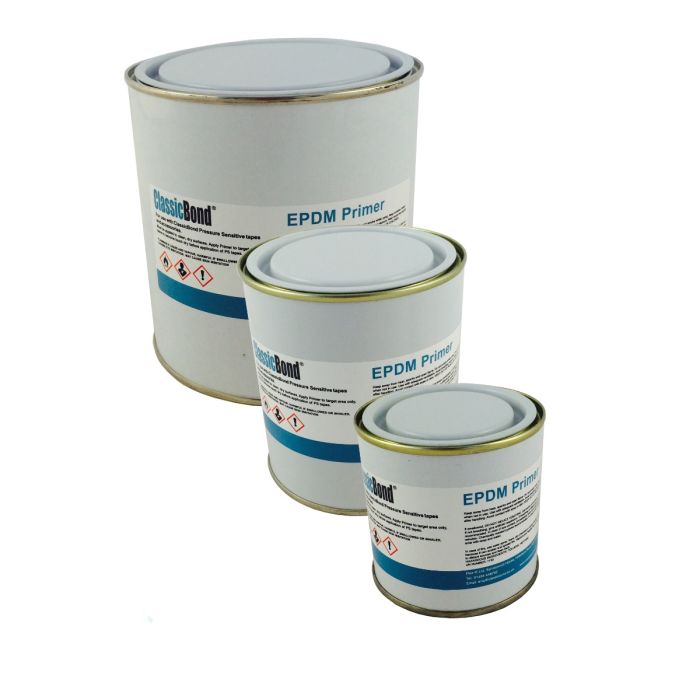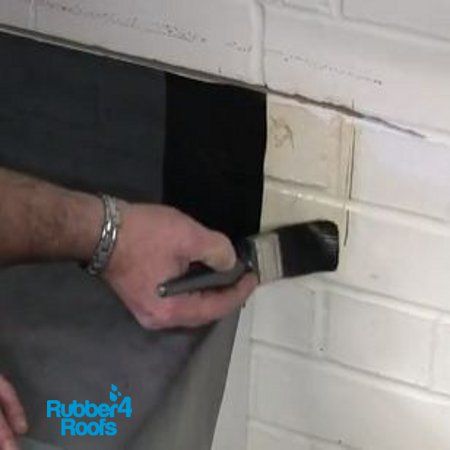ClassicBond EPDM Primer
EPDM Primer
Used For: Rubber Primer used to bond tapes and accessories to EPDM Rubber membrane i.e. EPDM Rubber membrane to:
- 9" Elastoform
- 6" Cover Tape
- 3" Splice Tape
- Pipe boot
- Internal Drain using 9" Elastoform etc
Available in three Sizes: 0.25 Ltr / 0.5Ltr / 1 Ltr
A 0.25 Litre Tin will cover the following
Coverage: 6.5 Metres of 3" Splice Tape (For Both Sides) or
Coverage: 6.5 Metres of 6" Cover Tape or
Coverage: 4.5 Metres of 9" Elastoform Tape
Note: Do not use this primer to adhere membrane to membrane without the use of splice tape
Application: Apply to EPDM rubber membrane only DO NOT APPLY TO TAPES DIRECTLY using a paint brush or scrubbing pad. Make sure the primer is even and does not puddle. Ensure that the primer is touch dry prior to applying mating parts
| SKU | CB-Primer |
|---|---|
| Stock Type | Warehouse Fulfilled |
| Brand Name | ClassicBond |
| Color | Clear |
| System Compatability |
|
If you're buying for a new roof or replacing an old one, you will need to consider the following components.
- Adhesives
- Tapes
- Drains
- Edge Trims
- Tools
-
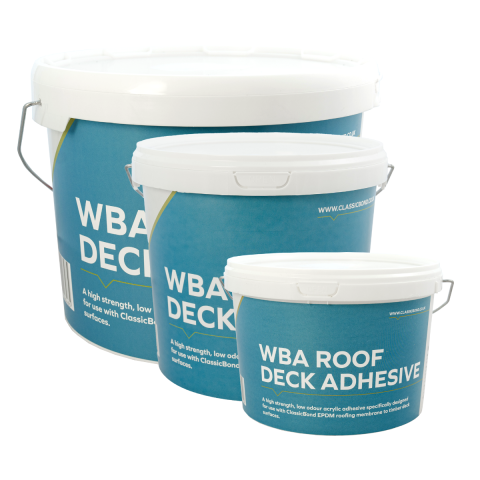 Water Based Deck AdhesiveFrom: £33.00 £27.50
Water Based Deck AdhesiveFrom: £33.00 £27.50 -
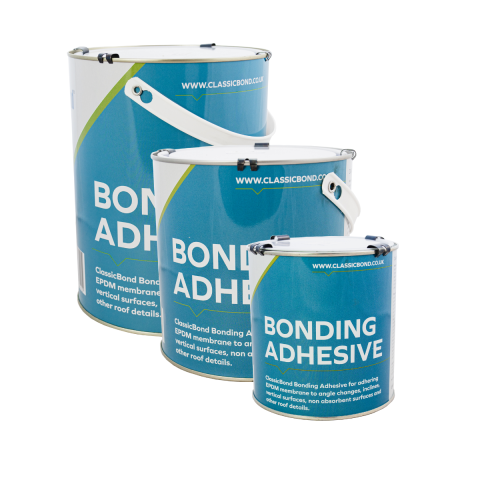 Rubber Roofing Contact AdhesiveFrom: £14.86 £12.38
Rubber Roofing Contact AdhesiveFrom: £14.86 £12.38 -
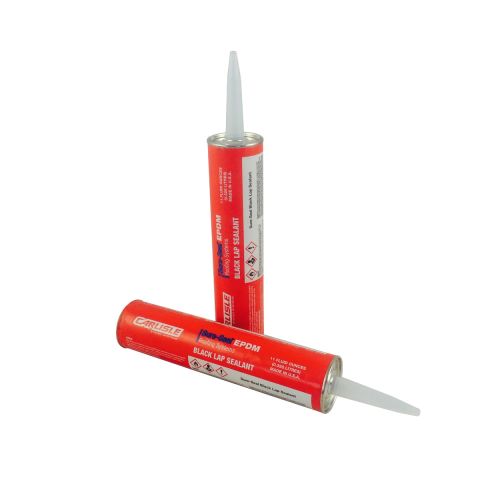 Lap Sealant£13.86 £11.55
Lap Sealant£13.86 £11.55 -
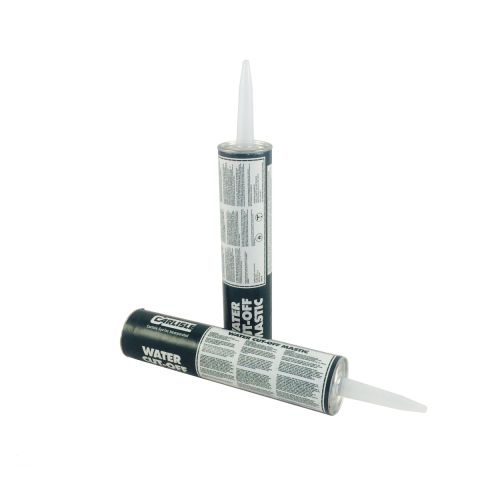 Water Cut off Mastic£12.22 £10.18
Water Cut off Mastic£12.22 £10.18

